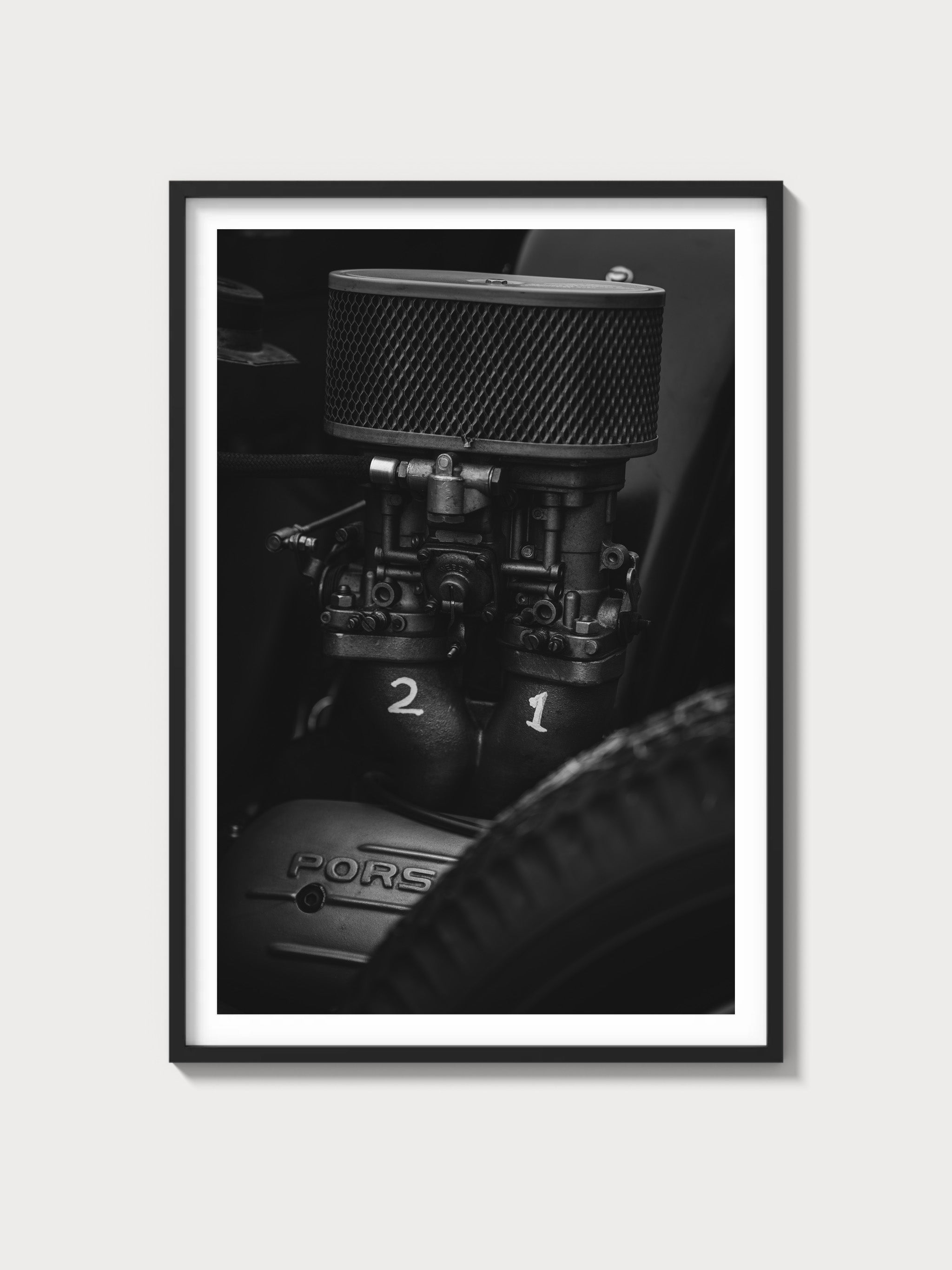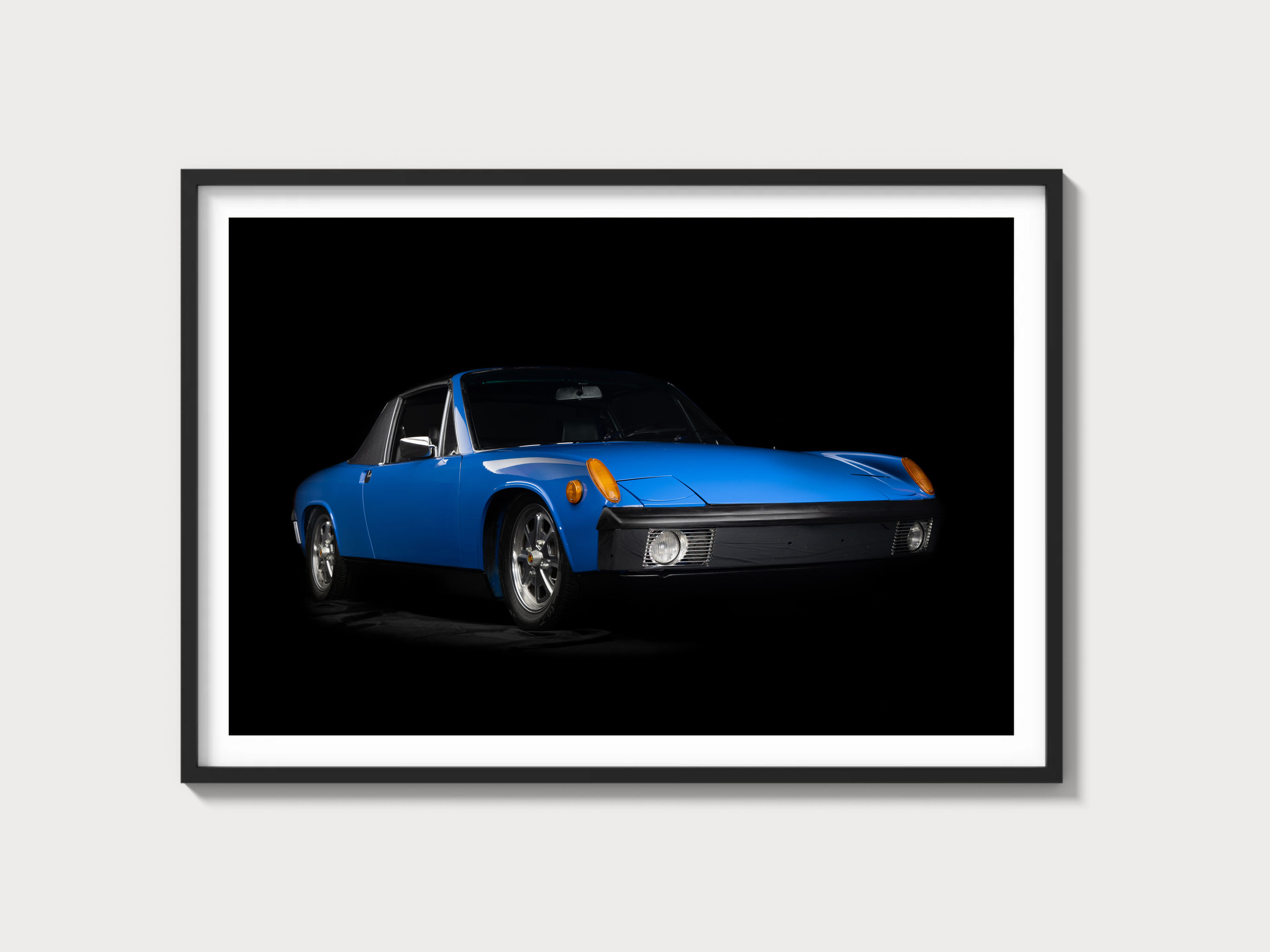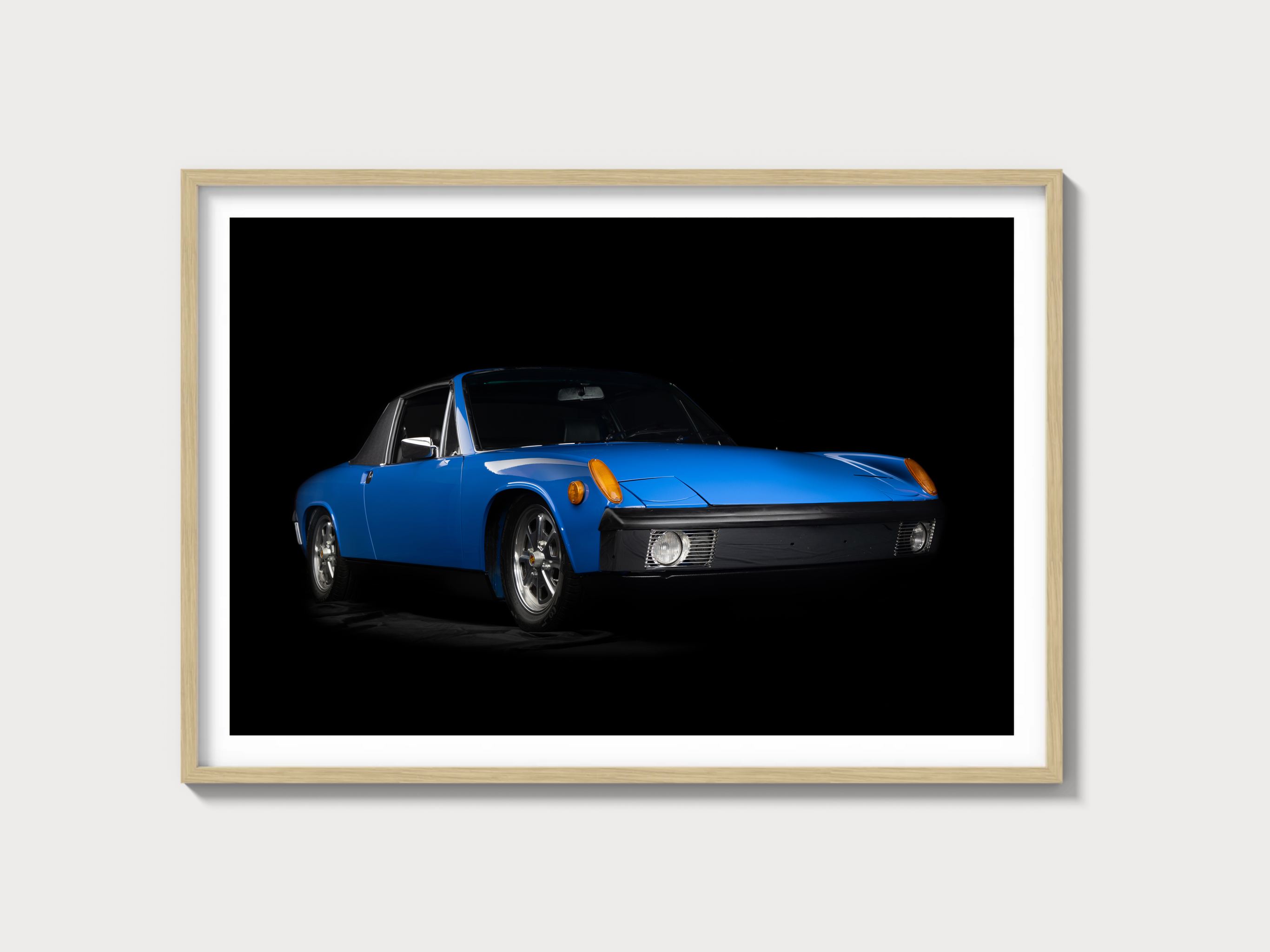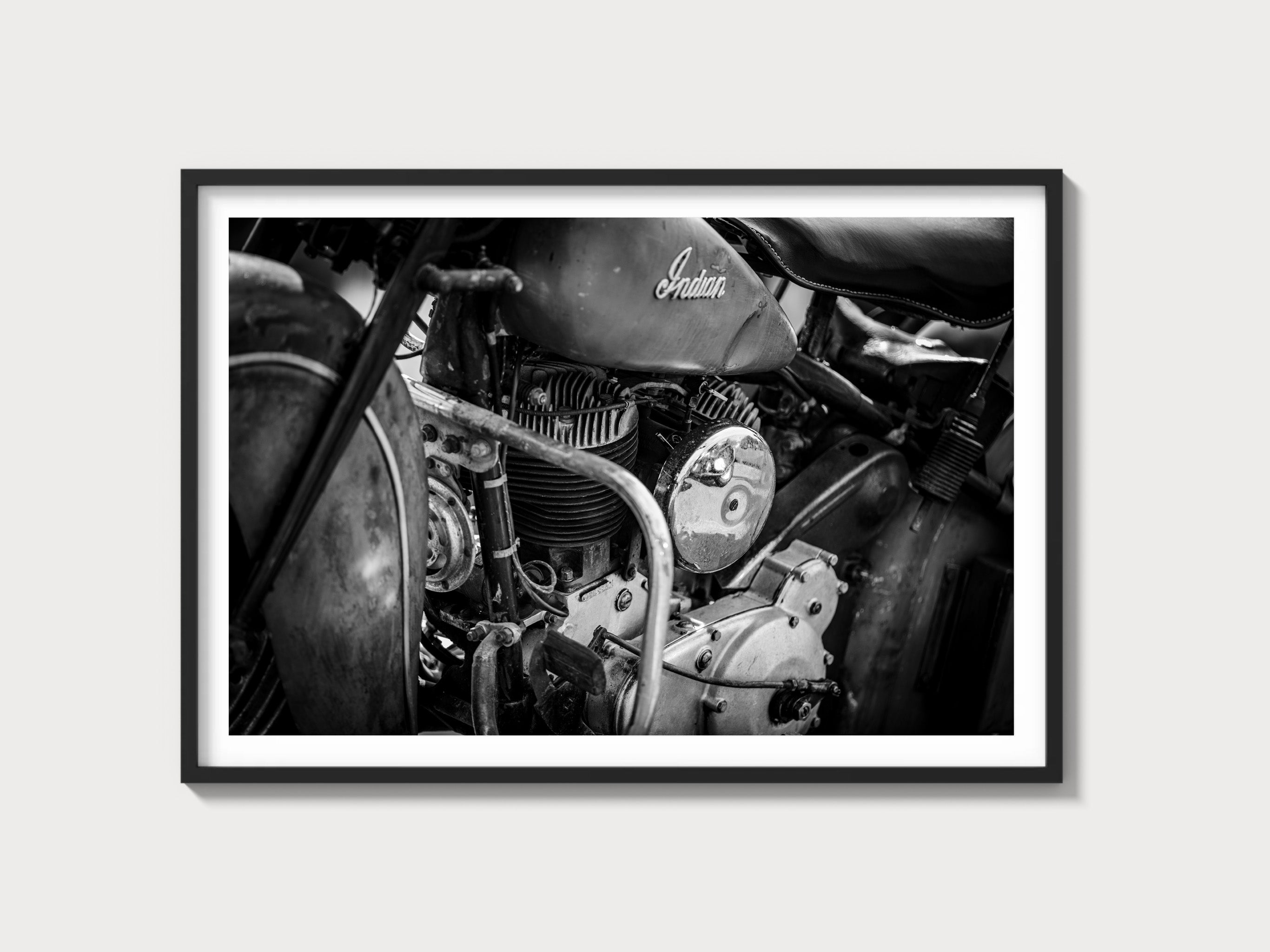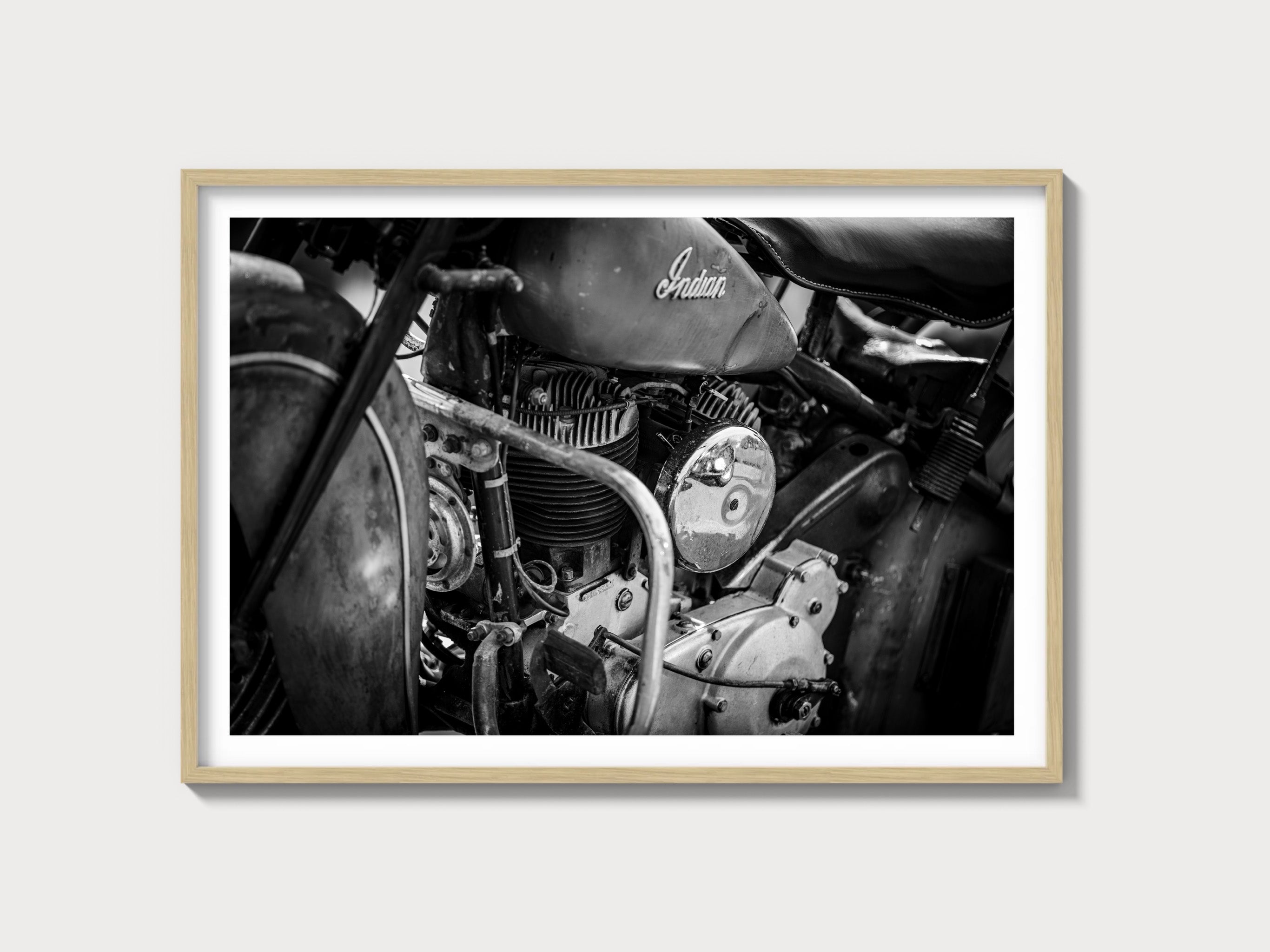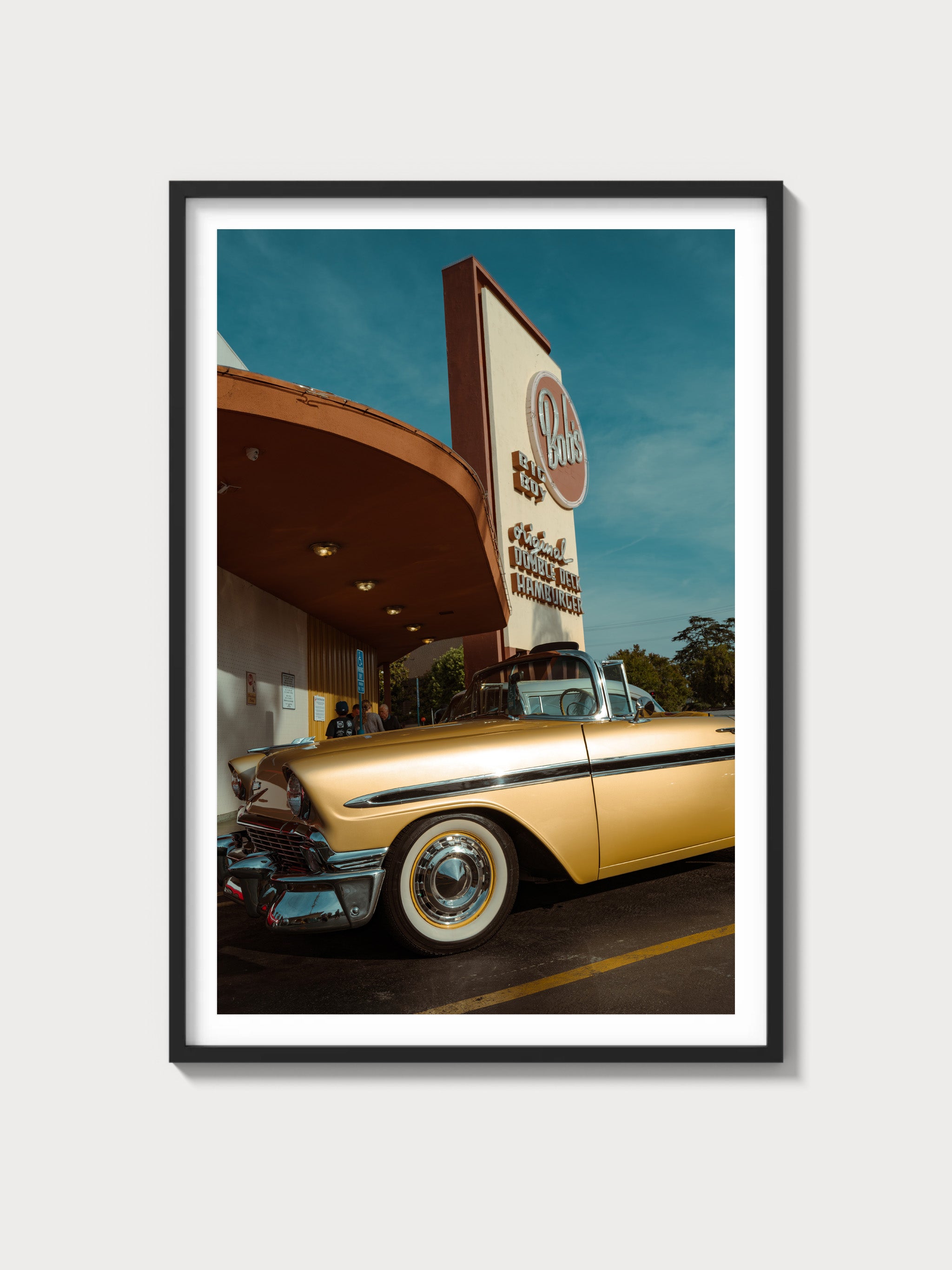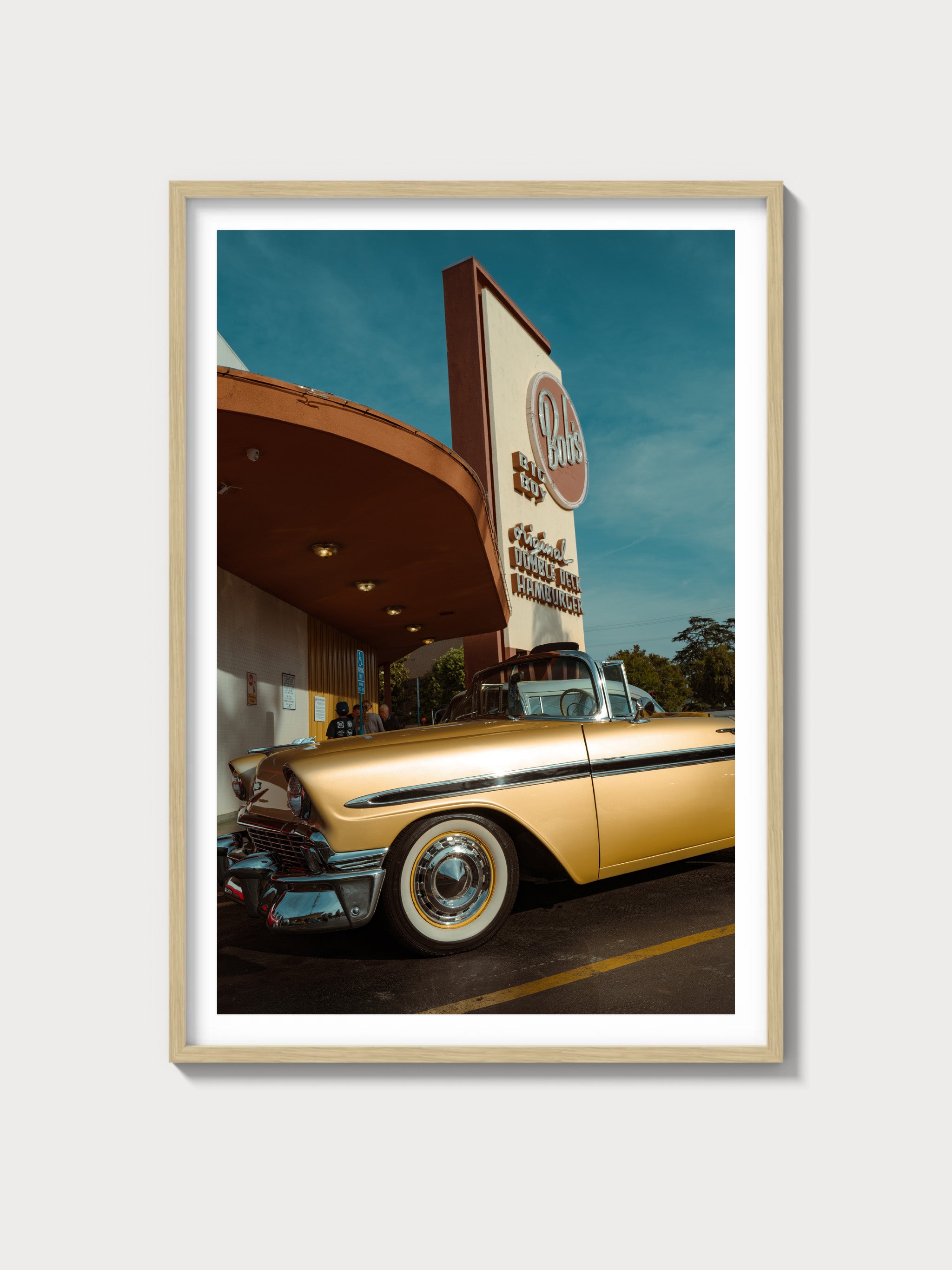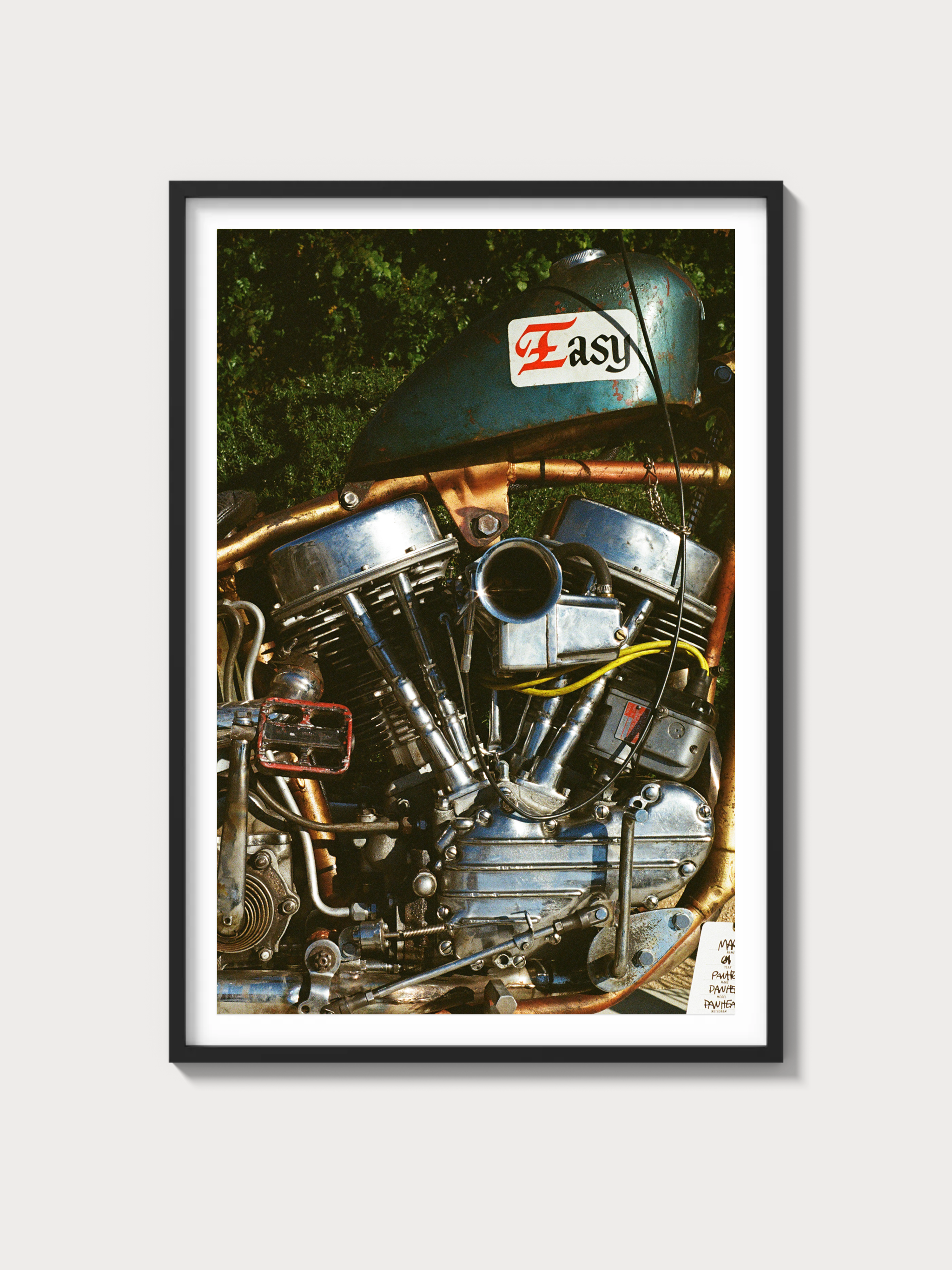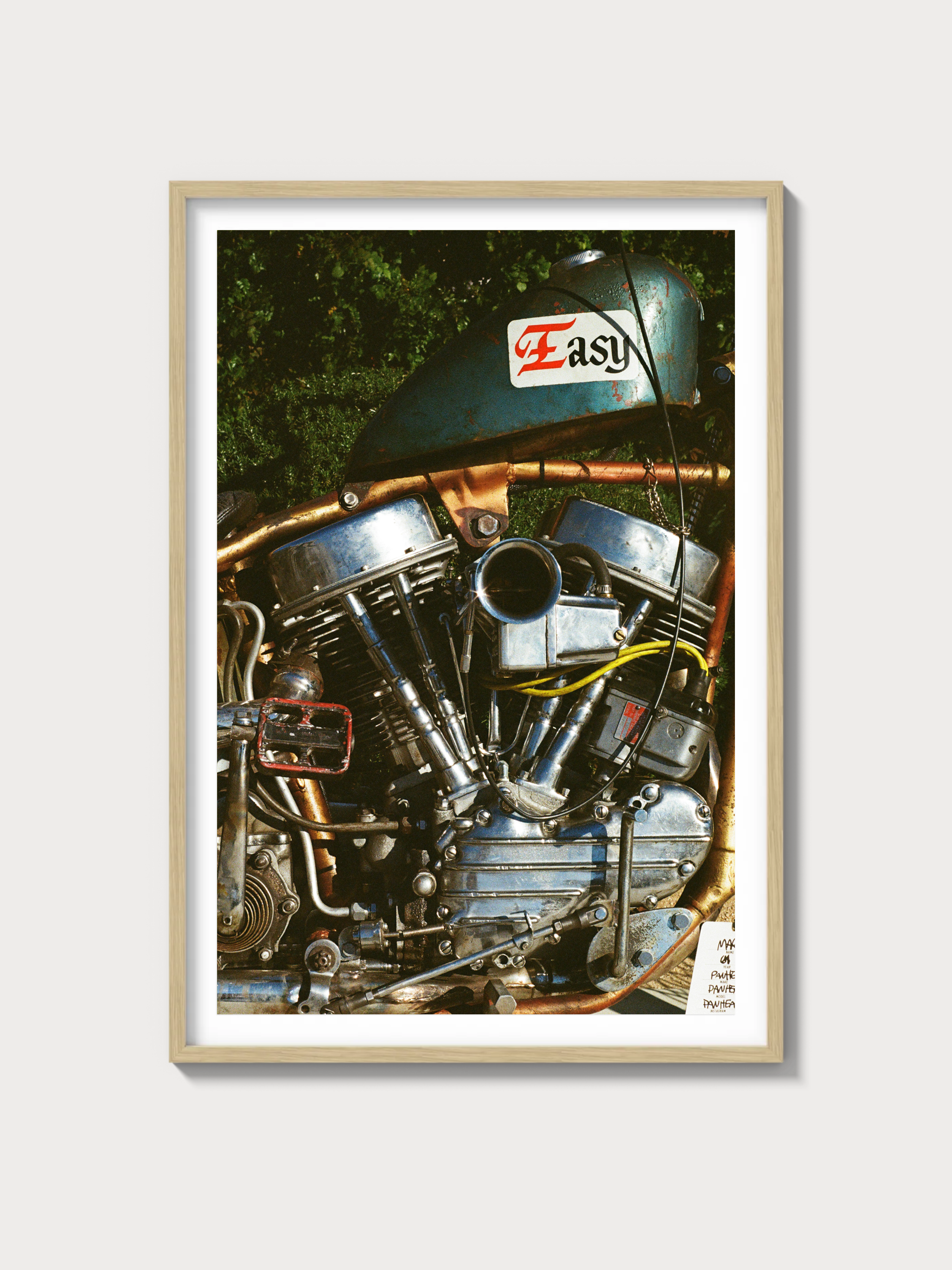The 2003–2006 Ford Expedition Base: A Second-Gen Marvel
Historical Context and Development Background
Unveiled in 2003, the second-generation Ford Expedition emerged as a pivotal player in the full-size SUV segment. Designed at a time when the SUV market was burgeoning with competition from the Chevrolet Tahoe and GMC Yukon, Ford aimed to solidify its dominance with a blend of rugged capability and refined comfort. Built on Ford's new T1 platform, shared with the Lincoln Navigator, the Expedition boasted significant improvements in chassis rigidity and handling dynamics, setting new benchmarks in the segment.
Engine and Technical Specifications
| Specification | Details |
|---|---|
| Engine Configuration | SOHC V8 |
| Displacement | 4.6 L / 5.4 L |
| Horsepower | 232 hp / 260 hp |
| Induction Type | Naturally Aspirated |
| Redline | 5,250 rpm |
| Fuel System | Sequential Multi-Port Fuel Injection |
| Compression Ratio | 9.0:1 |
| Bore x Stroke | 90.2 mm x 105.8 mm |
Driving Experience and Handling Dynamics
The driving experience of the 2003–2006 Expedition Base was characterized by an elevated sense of command and control. Its independent rear suspension, a rarity in its class during the period, offered superior ride comfort and handling precision. The 4-speed automatic gearbox provided seamless shifts, though it lacked the immediacy of more modern transmissions. The throttle response was tuned to deliver a linear power delivery, making everyday driving both predictable and enjoyable.
Full Performance Specifications
| Performance Metric | Value |
|---|---|
| 0–60 mph | 9.0 seconds |
| Top Speed | 105 mph |
| Quarter Mile | 16.8 seconds |
| Weight | 5,664 lbs |
| Layout | Front-engine, rear-wheel drive / 4WD |
| Brakes | Disc brakes with ABS |
| Suspension | Independent rear suspension |
| Gearbox Type | 4-speed automatic |
Variant Breakdown
- Base: Standard features with cloth upholstery and basic audio system.
- XLT: Added features such as power adjustable pedals and premium audio.
- Eddie Bauer: Leather seats, two-tone paint, and woodgrain interior accents.
- Limited: Top-tier luxury with exclusive paint options and chrome accents.
Ownership Notes
Maintenance of the Expedition Base is relatively straightforward due to its robust construction and the availability of parts. Regular service intervals are recommended every 5,000 miles for oil changes and every 30,000 miles for major inspections. Restoration is generally manageable, with a strong aftermarket support network providing OEM and performance parts.
Cultural Relevance
The 2003–2006 Expedition Base has made notable appearances in media, often symbolizing American automotive strength and capability. While not a frequent subject of high-profile auctions, it maintains a steady value among collectors, particularly those seeking a practical yet classic SUV experience. Its legacy in motorsports is limited, yet it remains a popular choice for off-road enthusiasts.
FAQs
Q: What are the known reliability issues with the 2003–2006 Expedition Base?
A: Common issues include spark plug ejection and rear suspension concerns, though these are generally manageable with preventive maintenance.
Q: How does the value of the Expedition Base trend in the collector market?
A: While not a high-value collector's item, the Expedition Base holds steady value due to its practicality and iconic status in the SUV domain.
Q: What engine options were available for the Expedition Base?
A: The Expedition Base was offered with a 4.6-liter V8 as standard, with an optional 5.4-liter V8 for increased performance.




